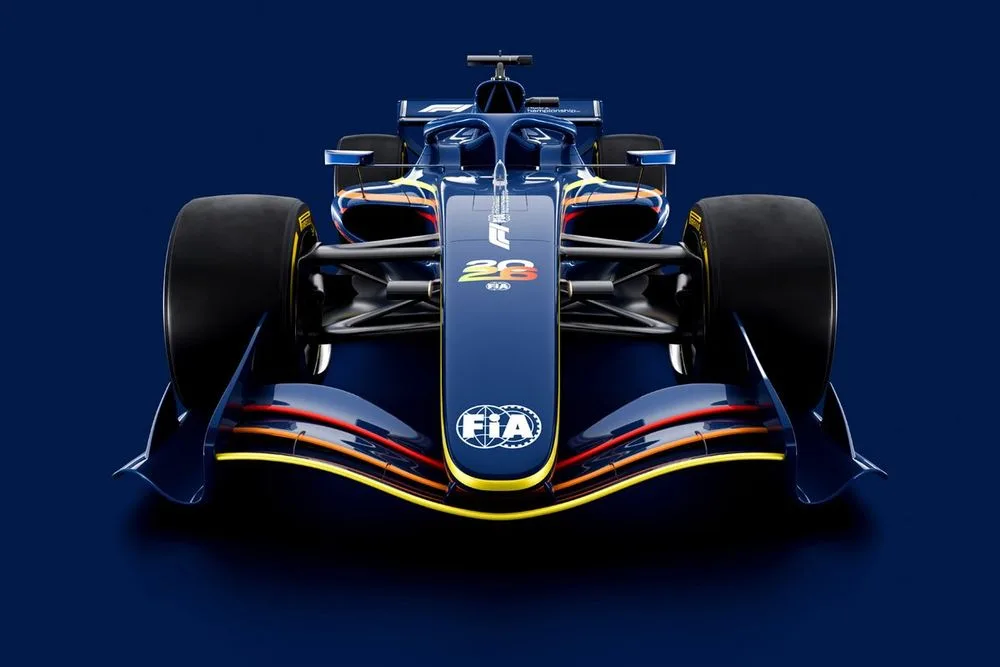As part of the rules overhaul for the next generation of grand prix cars, the FIA has been working on all-new active aerodynamics that feature moveable front and rear wings.
The moveable rear wing will have three elements, while the front wing will have two active flaps. The two wings will work in conjunction to ensure the cars are well balanced whichever mode they are in.
F1 has settled on a plan for there to be two modes for the aero. There will be a standard high-downforce Z-mode, which is used for cornering, while on the straights drivers will be able to switch to a low-drag configuration, called X-mode, which will help boost top speed.
The idea is for its use to be very different to DRS, which is only activated on specific straights when in close proximity to other cars, and is primarily aimed at overtaking.
As the FIA’s head of aerodynamics Jason Somerville explains: “The difference between the DRS on the current car and the plans for the 2026 car really comes down to the use around the lap.
“Typically, DRS is an overtaking aid, and you grant DRS when you’re within one second of a lead car at specific points.
“With the 2026 car we’ll be giving the drivers the ability to switch between the high downforce and low drag modes irrespective of any gaps.
“So, at pre-defined points around the lap, a driver will be able to switch to a low-drag mode to give them the performance down the straights where they’re not grip limited.
F1 2026 FIA car renders
Photo by: FIA
“Then, as you approach the braking zone, you’ll switch back to your high downforce mode.
“Each car would have the ability to switch between these two modes, entailing moving the rear wing and readjusting the front wing, and any following car would do the same.
“This is an active system that’s controlled by the driver, although he will get a trigger, in the same way that he gets a trigger now, to indicate when he can activate the low drag mode. And the system will switch back to high downforce mode either under driver control or via brake pressure.”
One similarity to the current DRS use is that specific X-mode zones will be set up around the track, although the specifics of this have not yet been settled on.
Somerville added: “We have these two modes that would be set up in terms of zones around the lap, and the drivers would be able to switch between these two modes when permitted.
“There may be sporting regulations, that for example…
Click Here to Read the Full Original Article at Motorsport.com – Formula 1 – Stories…

